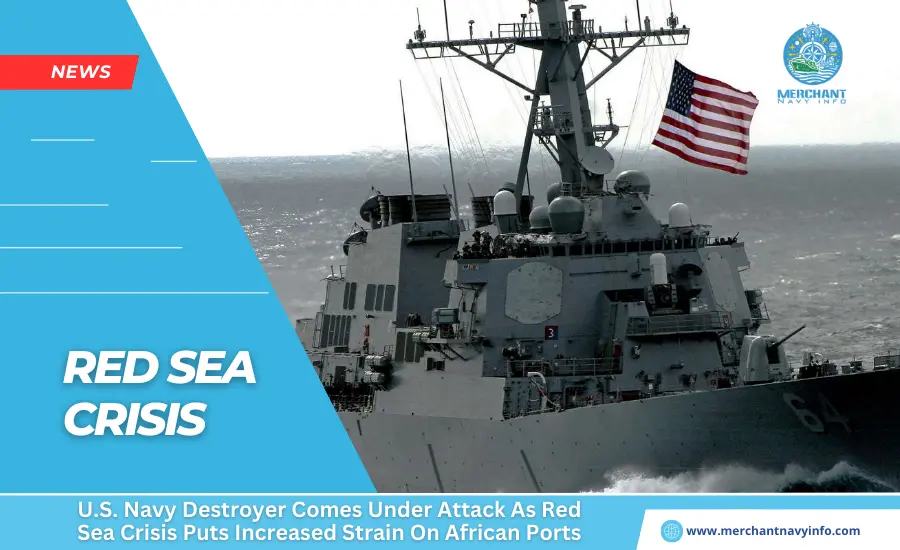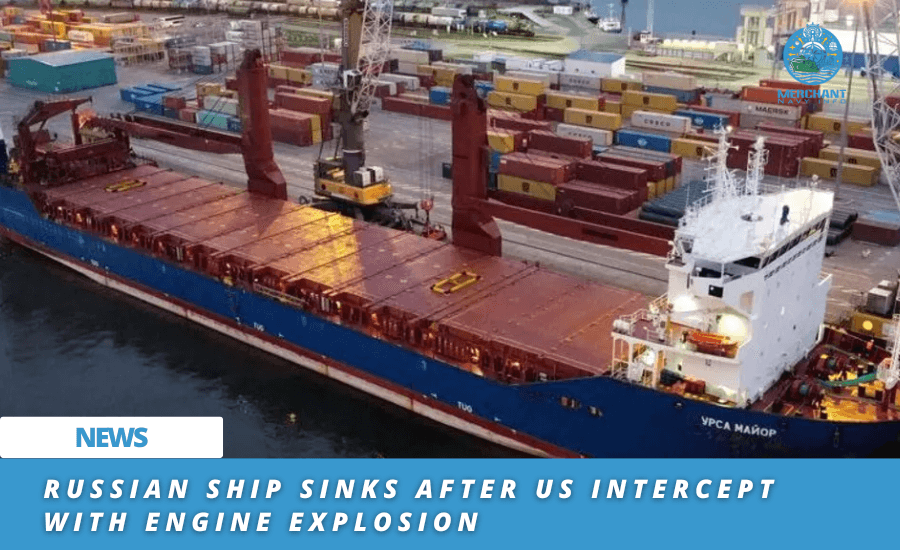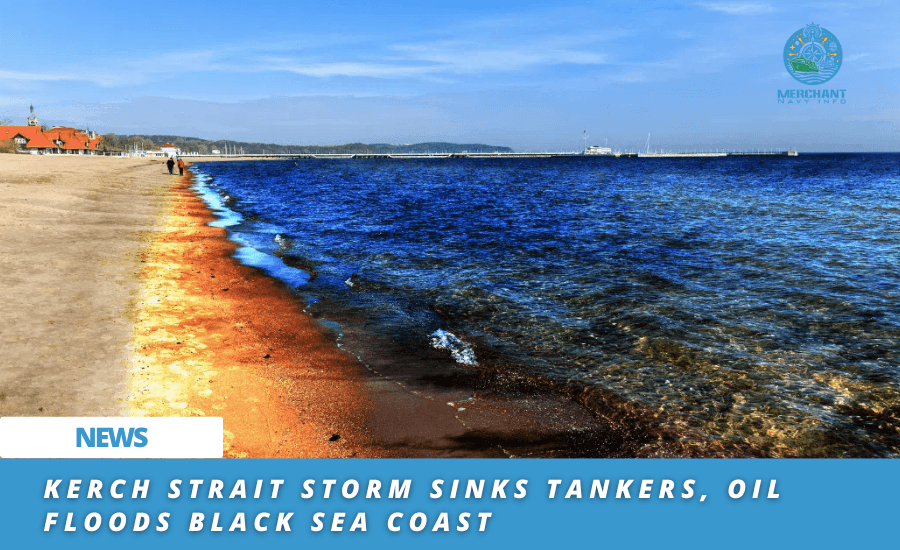
S&P Global said the Red Sea diversions highlight efficiency gaps at African ports as Houthi rebels continue to attack ships. The U.S. Navy guided-missile destroyer USS Kearney has become the latest ship to be attacked by anti-ship ballistic missiles. And three expendable unmanned attack aircraft, also known as suicide drones, U.S. Central Command (CENTCOM) reported. A missile and three drones were launched. From Iranian-backed Houthi-controlled areas in Yemen were shot down before they could hit a warship. Centcom said in a social media post to Asian Morning on Wednesday. There were no injuries or damage to the USS Carney, part of a multinational fleet patrolling the area.
Late Tuesday evening, Centcom forces destroyed three anti-ship missiles and also three unmanned surface vessels (USVs) in Houthi-held areas of Yemen. “Centcom forces have identified missiles, UAVs, and USVs. And have determined that they pose an immediate threat to commercial and U.S. Navy vessels in the region,” Centcom said. These measures are taken to protect freedom of navigation and make the high seas safer for U.S. Naval and commercial vessels,” it added. These actions come after the Liberian-flagged 2,169 teu container ship MSC Sky II (built-in 1999). Managed by MSC Ship Management, was attacked by two missiles southeast of the port city of Aden on Monday. With one hitting the ship. It was carried out the day after one of the shots hit the ship.
Start A Fire
According to the Royal Naval Information Service U.K. Maritime Trade Operations, the crew of the MSC Sky II extinguished the fire, and the ship continued sailing. These latest attacks on maritime and commercial ships come after Houthi military spokesman Yahya Salih said. Yemeni rebels “continue to escalate” attacks on shipping. The organization said it would continue its operations. Until the Israeli military concludes its operations against the Hamas group in the Gaza Strip.
The attack forced operators to reroute ships to the longer Cape of Good Hope. The number of ships passing through the Suez Canal fell by 56% in February. Compared to a year ago, according to PortWatch, a monitoring service run by the International Monetary Fund and the University of Oxford. On Wednesday, S&P Global Market Intelligence’s global head of ports intelligence and analysis. Said that the diversions caused by the Red Sea crisis, despite significant investment in Africa’s port infrastructure. Were”lower than African ports and the rest of the world.
It Highlighted The Huge Efficiency Gap Between Regions
In recent decades, significant development has been seen on the continent, particularly as part of China’s Belt and Road Initiative. S&P Global says business at major container ports in the Middle East improved in the final quarter of 2023. compared to the same period last year, with most major ports in the region recording an increase in container traffic, with notable exceptions. He said there was also. It has been severely affected by transportation disruptions in the Red Sea and Suez Canal. However, business at Africa’s major container ports improved year-on-year in the fourth quarter of 2023.
With many major ports recording an increase in vessel calls and container movements, placing further strain on terminals and port infrastructure in the region. “With some exceptions, African terminals are struggling to cope with increasing port calls and container volumes, resulting in long vessel waiting times and shipping disruptions at many of Africa’s major ports. And shipyard productivity is declining,” S&P Global said. “Port productivity at Africa’s major ports has declined by more than 18%, primarily due to a significant deterioration in vessel waiting times,” the report said.









